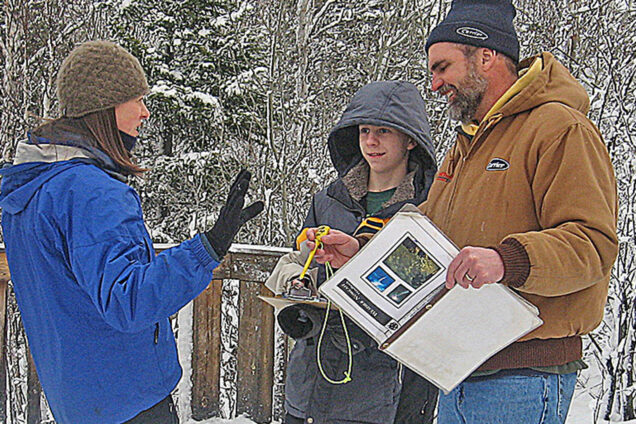Class Details
3 Hours
4th Grade to Adult
easy

How can making weather observations now help forecast what’s changing?
Class begins with some basic weather observation. Using these basic observations, students will learn about the major principles of weather. Demonstrations, activities, and games lead them through a simple understanding of how heat and cold collisions combine with the rotation of the Earth to create wind, cloud cover, the jet stream, and other components of weather. Then, using these basic principles of weather, students will learn to forecast temperature trends, cloud cover, and precipitation for 8-12 hours.
Concepts
- Temperature, wind speed and direction, clouds, humidity, and air pressure are all ways to describe the current state of the atmosphere.
- Sun provides energy for collision of warm and cold air to create weather.
- Warm and cold air colliding creates clouds, wind, and storms.
- Natural laws of the atmosphere help us to predict future weather conditions.
Outcomes
- Measure and describe the current state of the atmosphere, including air temperature, cloud type, and wind speed and direction.
- Recall that winds, clouds, and precipitation occur when warm and cold air collide with one another.
- Recall that low pressure systems follow the jet stream and bring storms.
- Predict the chance of rain and the trend in temperature for the next 12 hours using wind direction.
- Interpret the chance of storms in the next 24 hours based upon a surface weather map from TV or a newspaper.

